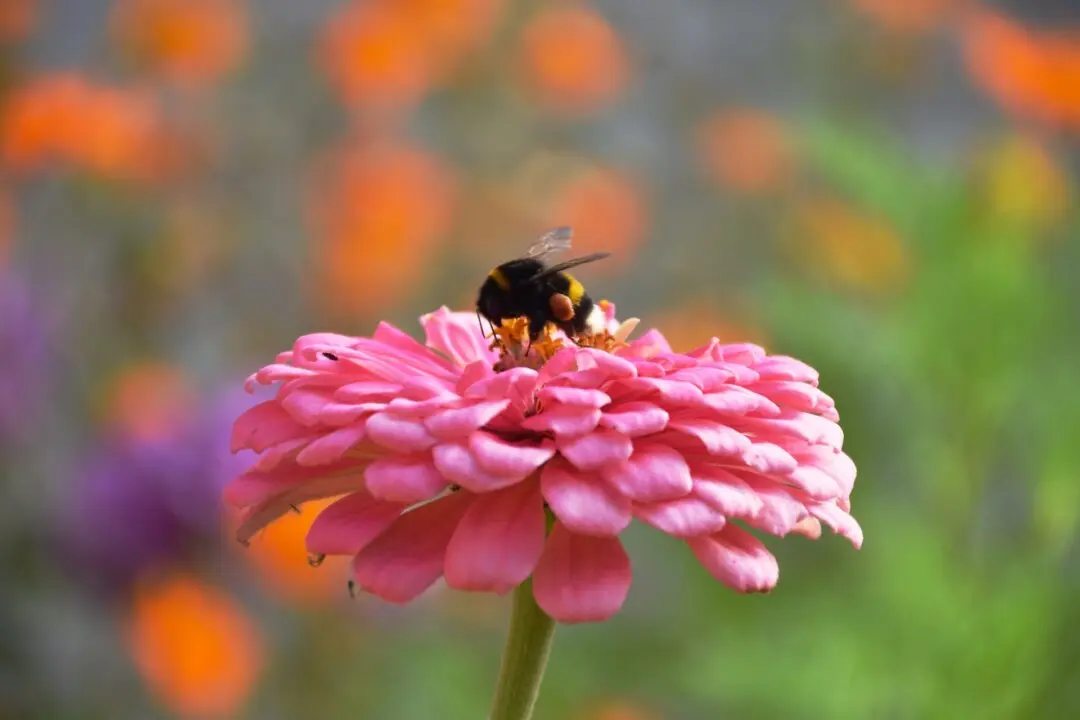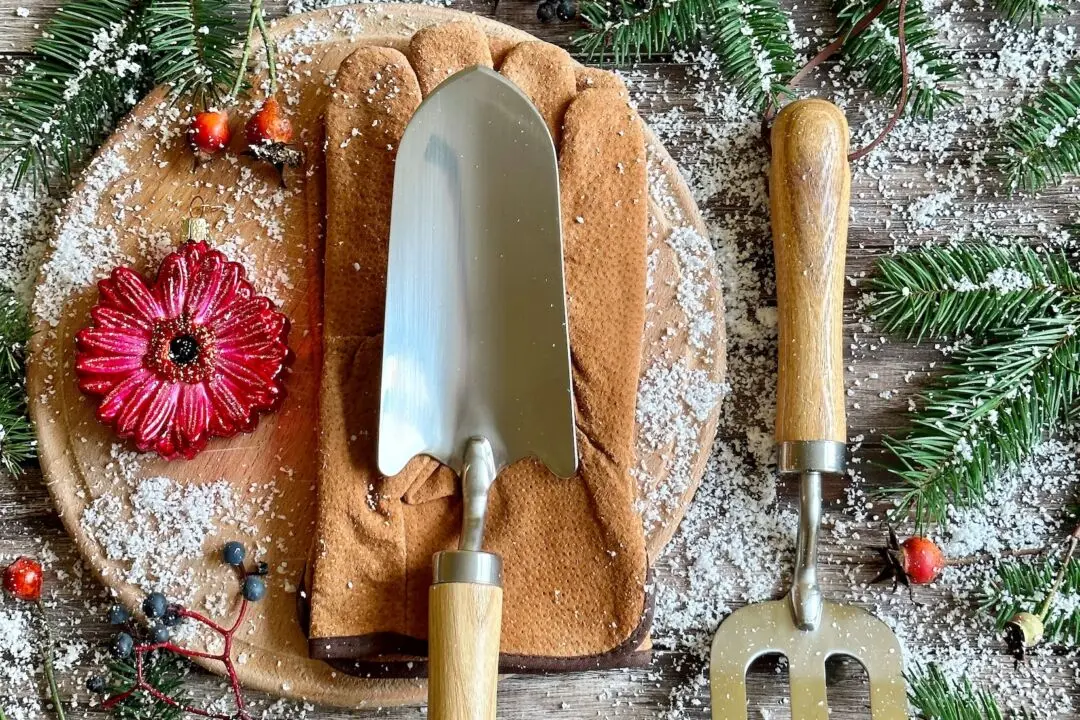Q: My spouse wants an artificial Christmas tree. He says it’s safer, but I think a fresh-cut one is better for the environment. Is it?
A: You might not think that cutting down a tree is good for the environment, but it might still be better than the artificial tree. Artificial trees often use a wooden core, so at least one tree was cut down to produce it. Artificial trees use petroleum and metal resources and are often made overseas, requiring higher shipping costs for raw materials and finished trees. Eventually, the tree will be worn out and it’s a difficult item to recycle, so it'll probably end up in a landfill. The box it came in might get recycled. Few people think about the final resting place of items when they buy them. The artificial tree will last for more years than a real one, but at what point does it become a better ecological decision?





